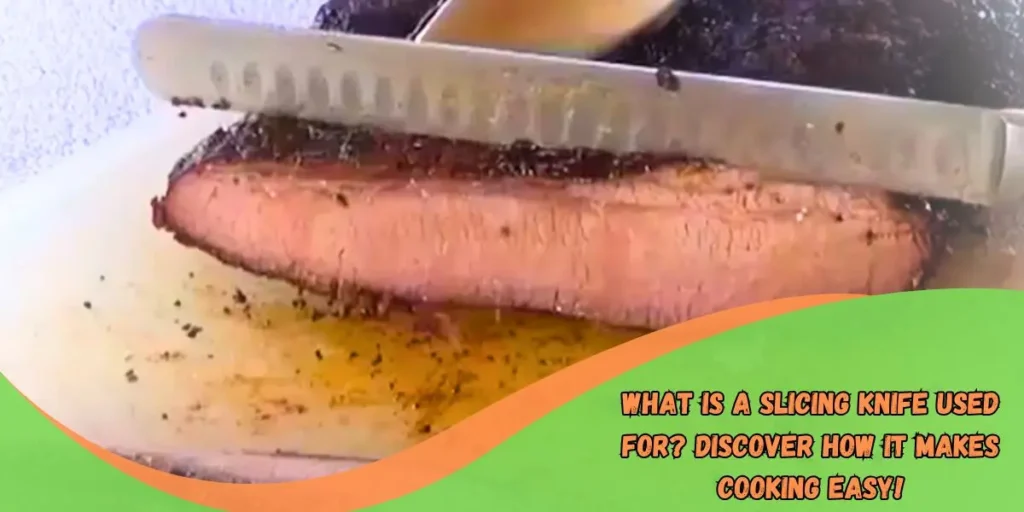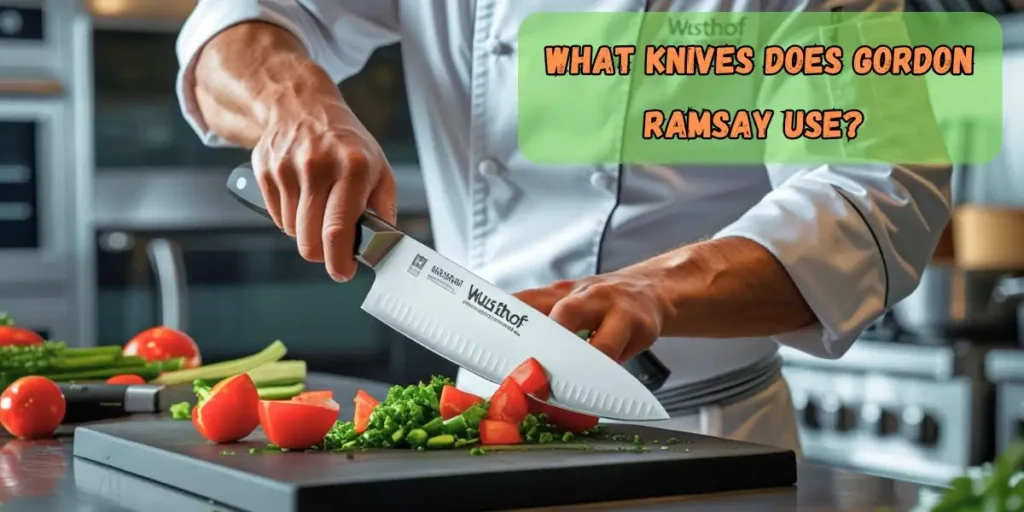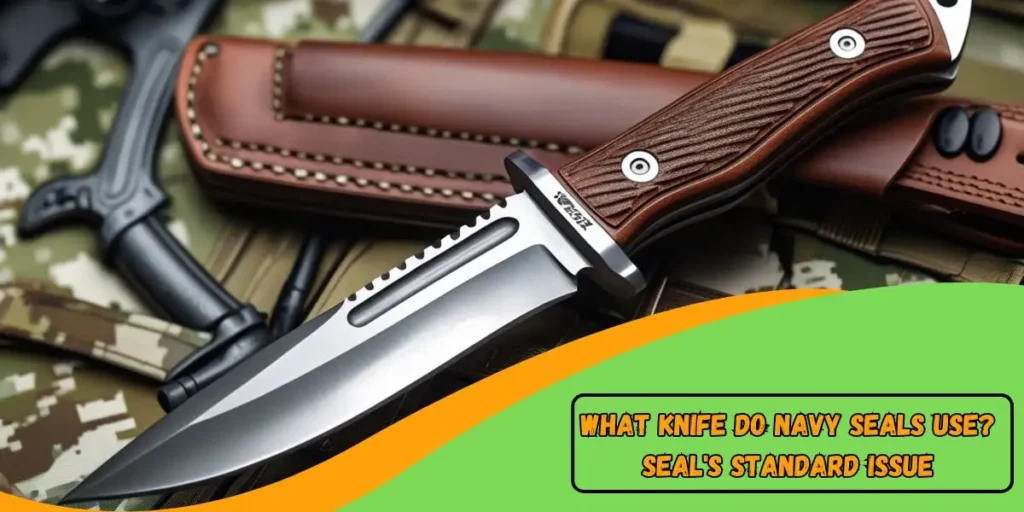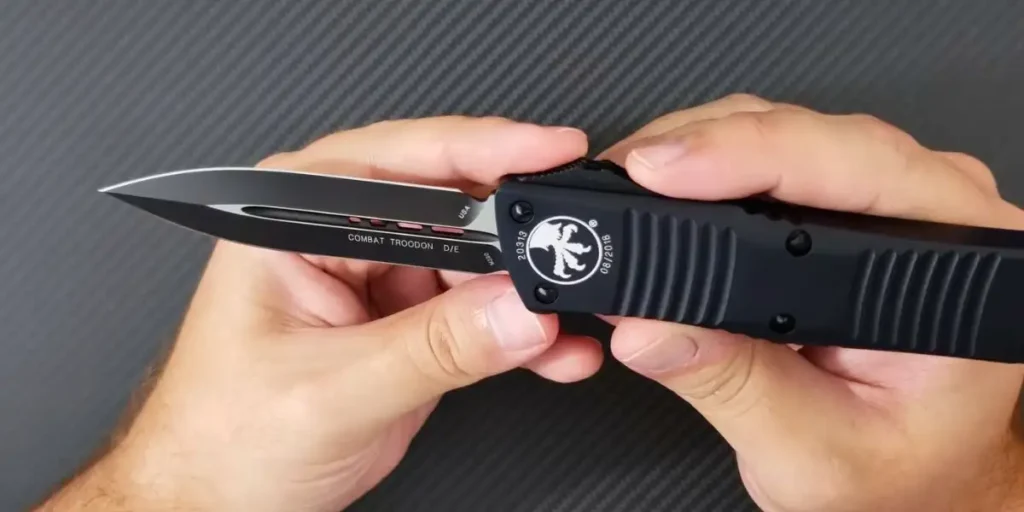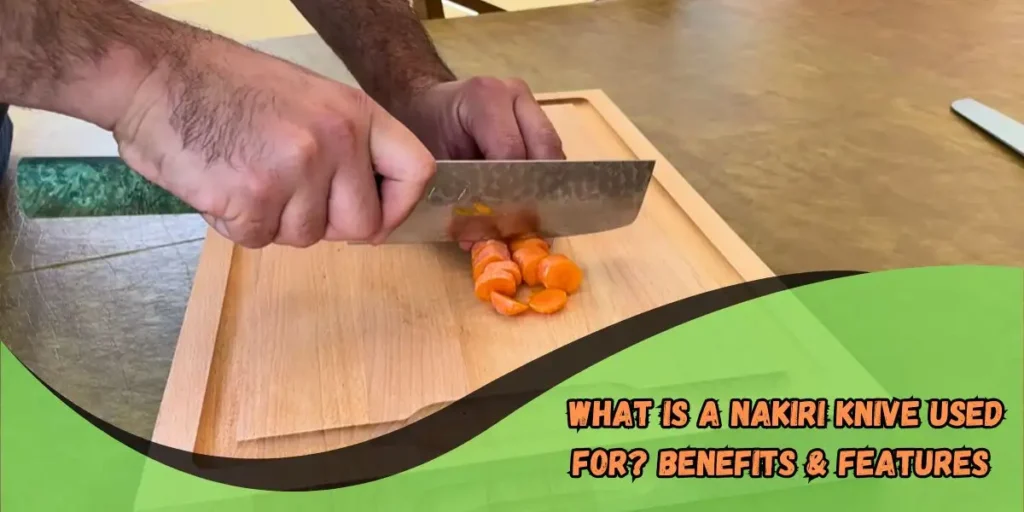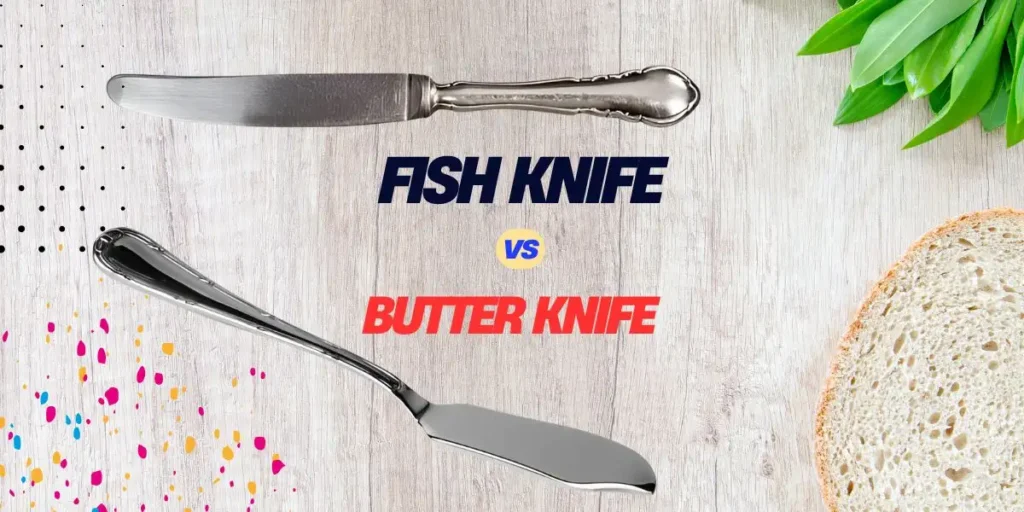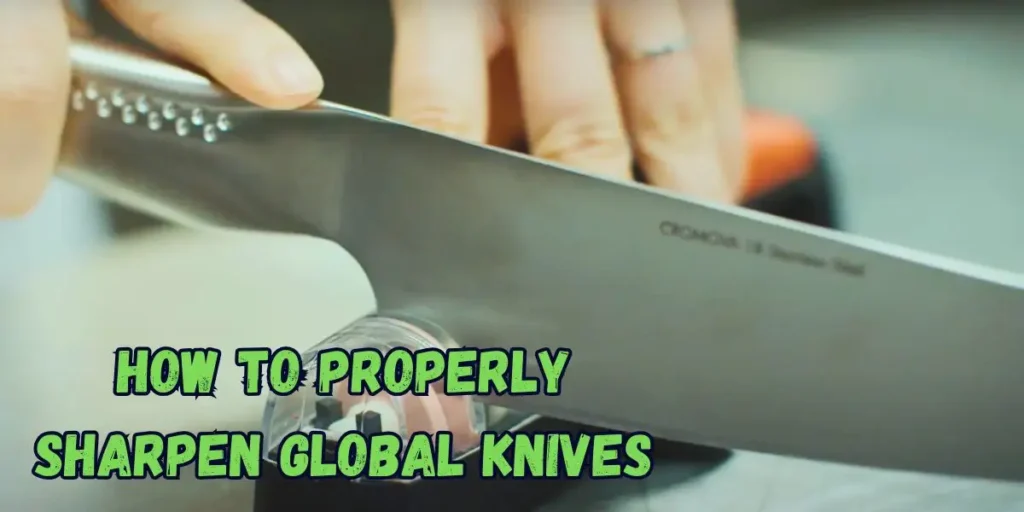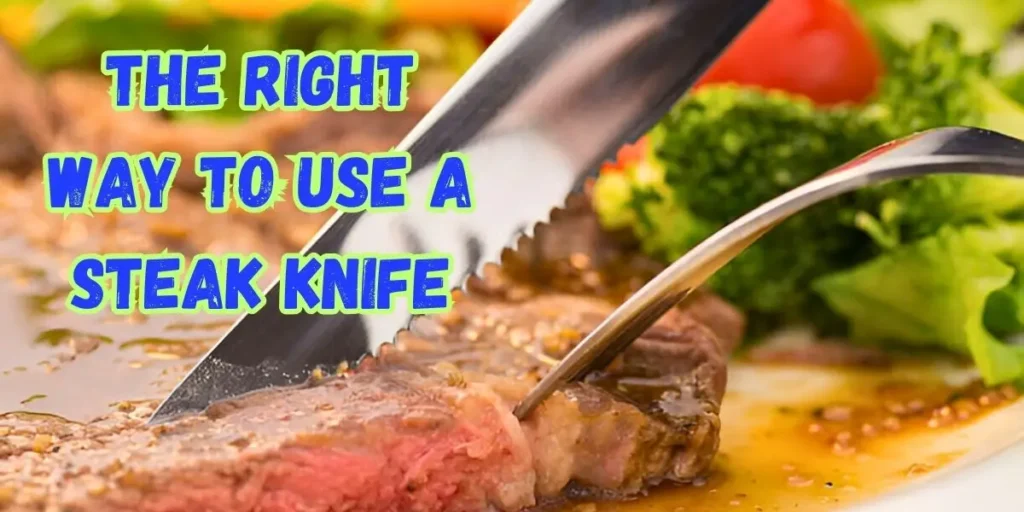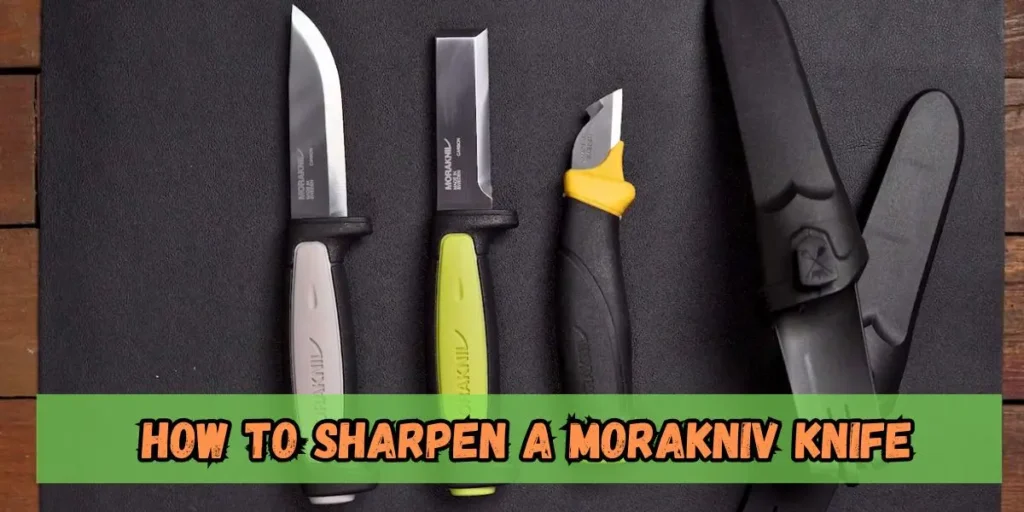How to Date Chicago Cutlery Knives: Easy Tips
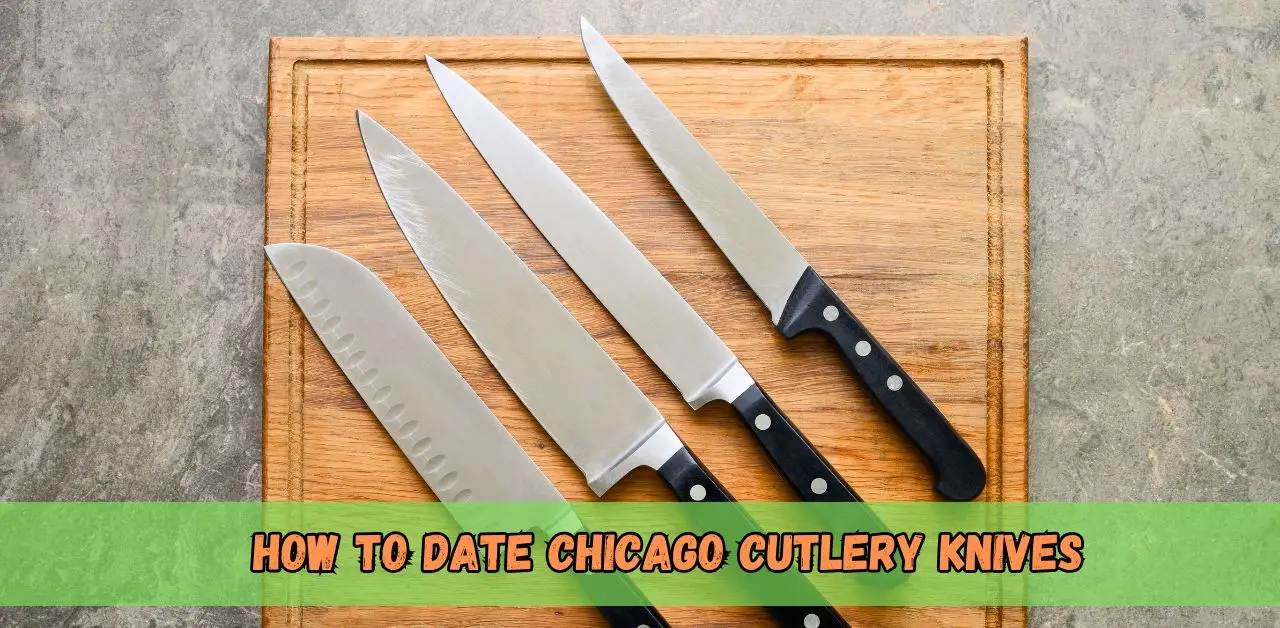
Do you know how to date Chicago Cutlery knives? Chicago Cutlery is a well-known brand in the world of kitchen tools. For over 100 years, it has been crafting high-quality knives trusted by chefs and home cooks alike. These knives are prized for their sharpness, durability, and design.
For collectors and enthusiasts, dating Chicago Cutlery knives is essential. It helps determine their age, authenticity, and value. Older models, especially vintage ones, can be rare and sought after, making them valuable in the collector’s market.
Key elements to look for when dating these knives include knife markings, model numbers, and branding changes over time. Chicago Cutlery knives have undergone several branding transitions, which can help identify when a knife was made. Understanding these features allows collectors to understand the history behind each knife better. Whether you’re a collector or a cooking enthusiast, knowing how to date Chicago Cutlery knives can add value and insight to your collection.
History of Chicago Cutlery
Chicago Cutlery has a rich history rooted in quality craftsmanship. The brand started in 1930, making knife-sharpening tools for Chicago meatpacking companies. Over time, it evolved into a trusted name for high-quality kitchen knives.
Origins and Evolution of Chicago Cutlery
In the early years, Chicago Cutlery focused on sharpening blades for industrial use. By the 1960s, it had focused on manufacturing knives for home kitchens, which helped it become a household name. Its commitment to sharp, durable blades and wooden handles appealed to home cooks and professionals.
Key Milestones in Knife Designs
One key milestone was the introduction of their triple-riveted wooden handles in the 1970s. This design provided durability and a classic look. Another major innovation was high-carbon stainless steel, which ensured blades stayed sharp longer.
Popular Eras for Vintage Knives
The 1970s and 1980s were golden years for Chicago Cutlery. Their knives from this era, with iconic wooden handles and tang stamps, are now sought after by collectors. Vintage knives from these decades symbolize the brand’s dedication to craftsmanship and style.
Chicago Cutlery’s history shows how a small sharpening business grew into a leading name in kitchen tools. Each knife carries a story of innovation, quality, and timeless design.
Why Dating Chicago Cutlery Knives Matters
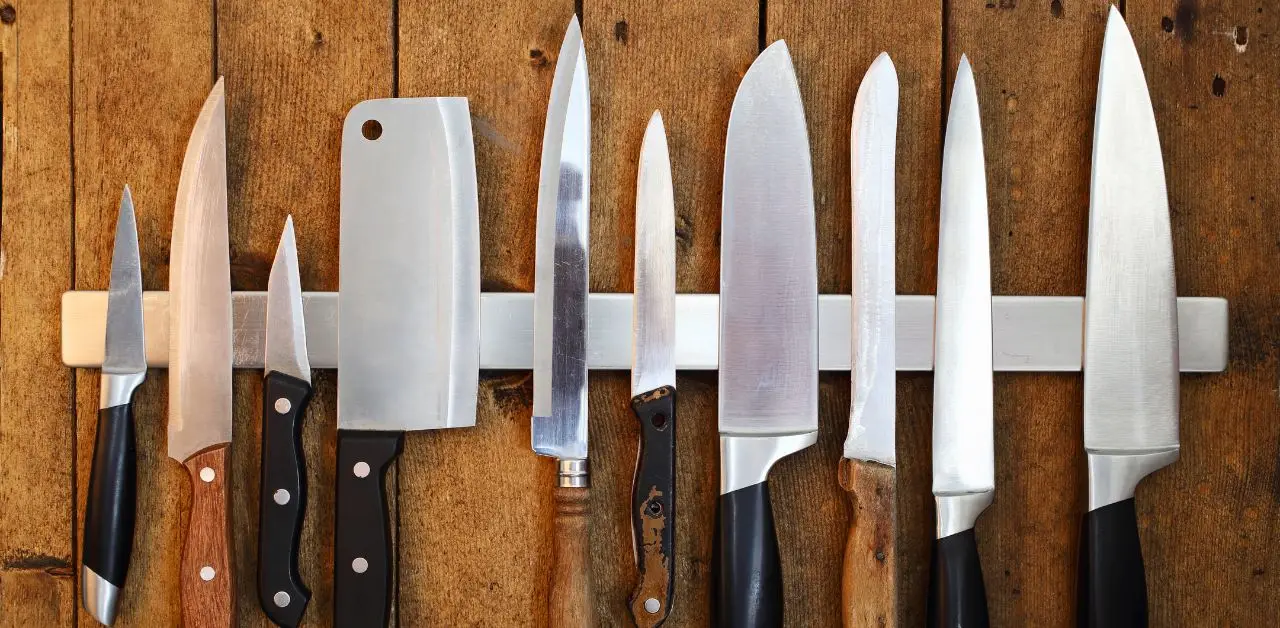
Dating Chicago Cutlery knives is essential for several reasons, especially if you’re a collector or restorer. Knowing the age of a knife can help determine its historical and monetary value. It adds authenticity to your collection, making each piece more meaningful.
Collectors often seek Chicago Cutlery vintage knives because of their craftsmanship and rich history. Identifying the production era helps you better appreciate the knife’s design and significance. For restorers, dating a knife ensures they use appropriate materials and techniques that match its original build.
Understanding the materials and methods used over time is equally essential. Early Chicago Cutlery knives often featured wooden handles and high-carbon steel blades, both prized for their durability and charm. Later models introduced changes in materials and design, reflecting industry trends.
When you date a knife, it becomes more than just a tool—it tells a story. Each detail reveals a piece of history, from tang stamp identification to model numbers. Collectors and enthusiasts enjoy uncovering these stories, making the process both rewarding and educational.
By dating your Chicago Cutlery knives, you preserve their legacy and ensure they remain valuable for future generations. This small effort adds immense meaning to your collection or restoration project.
Key Indicators for Dating Chicago Cutlery Knives
Dating Chicago Cutlery knives can seem tricky, but it’s easier once you know what to look for. Let’s explore the key indicators that help determine the age of these vintage tools.
Knife Markings and Logos
The first step in identifying Chicago Cutlery knives is checking the logos and markings. Older knives often have simple logos, while newer ones have more modern designs. Tang stamps are another clue. These stamps, located near the blade’s base, change over time and can reveal the knife’s manufacturing date. Many vintage knife identification guides can help match the logo or tang stamp to a specific era.
Model Numbers and Serial Numbers
Model and serial numbers are like a knife’s fingerprint. Chicago Cutlery often updates its designs and catalog numbers, but model numbers can pinpoint the production year. If the knife has a serial number, it might indicate a limited production run or a specific manufacturing year. Note these numbers to narrow down the timeframe.
Materials and Construction
Materials tell a story, too. Older Chicago Cutlery knives often feature wooden handles made from walnut or other durable woods. The finish and feel of these handles can help identify the era. The blade materials also vary. Early knives used high-carbon steel, while stainless steel became more common later. Each material gives clues about when the knife was made.
Tang Stamp Identification
A tang stamp is an engraved or stamped mark on the metal part of the blade. It is beneficial for dating. Over time, Chicago Cutlery has used different styles and designs for these stamps. For instance, older tang stamps might include “Chicago Cutlery” in a plain font, while newer ones have a more stylized look. Learning these patterns is essential for accurate dating.
Evolution of Chicago Cutlery Branding
Chicago Cutlery’s branding has changed significantly over the years. These changes reflect the company’s growth and customers’ evolving tastes. Let’s explore how their branding and packaging have transitioned, how to differentiate old designs from new ones, and how industry trends have shaped their knives.
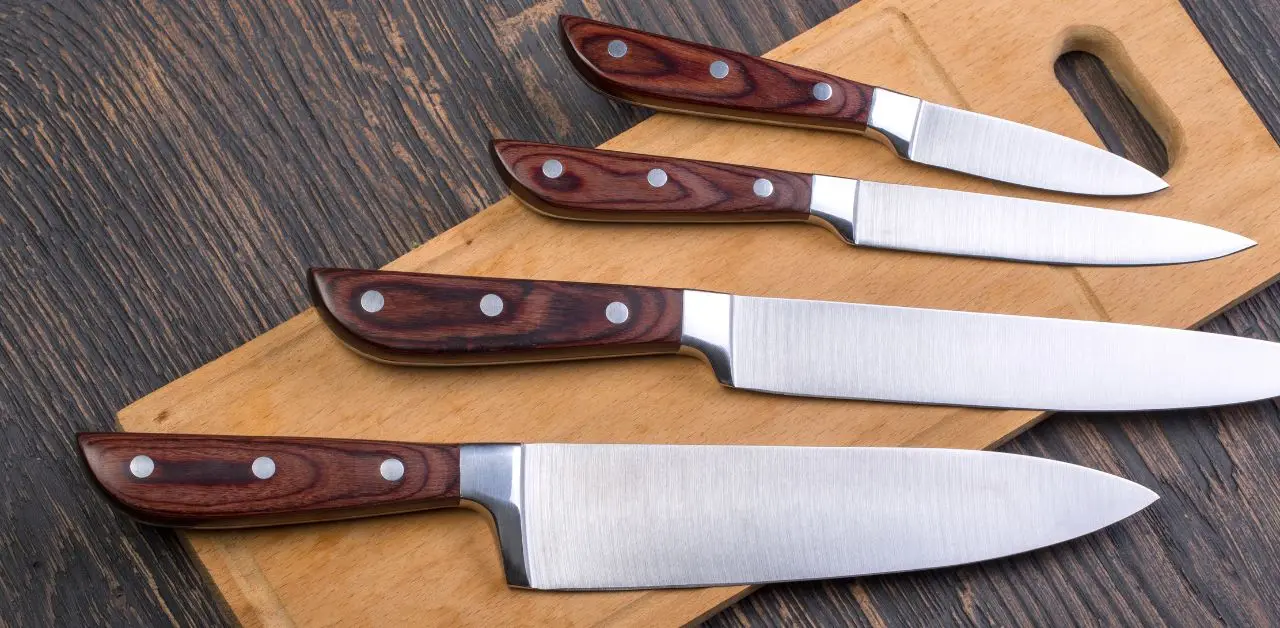
The Transition of Branding and Packaging
In its early years, Chicago Cutlery used simple logos and plain packaging. The focus was on quality, not flashy designs. Vintage knives often had hand-stamped markings and wooden handles, making them unique. Over time, the company introduced modern logos and more polished packaging. This shift aimed to attract a broader audience. Today’s branding emphasizes heritage and innovation, blending tradition with a sleek, modern look.
Old vs. New Chicago Cutlery Designs
Older Chicago Cutlery knives are easy to recognize. They usually have a classic wooden handle, darker tones, and simple tang stamps with the company’s name. These knives are heavier, showing the craftsmanship of the past. Newer designs often use lighter wood or synthetic materials. The logos are more detailed, sometimes including the company’s slogan. While modern knives focus on efficiency and style, vintage ones carry a timeless charm.
Industry Trends and Their Influence
Over the years, Chicago Cutlery has adapted to changing kitchen trends. In the 1960s and 1970s, natural materials like wood and steel were popular, and this was reflected in their designs. As stainless steel became more common, the brand incorporated it for durability. Modern trends like ergonomic handles and eco-friendly materials continue to shape their products today.
The evolution of Chicago Cutlery branding highlights its ability to balance tradition and innovation. Whether you love the charm of vintage knives or the sleekness of modern ones, their journey shows a commitment to quality.
Tips for Identifying Vintage Chicago Cutlery Knives
If you’re trying to date a vintage Chicago Cutlery knife, it’s easier than you might think. With a few practical tips and the right tools, you’ll be able to uncover the knife’s history in no time. Here’s how to get started.
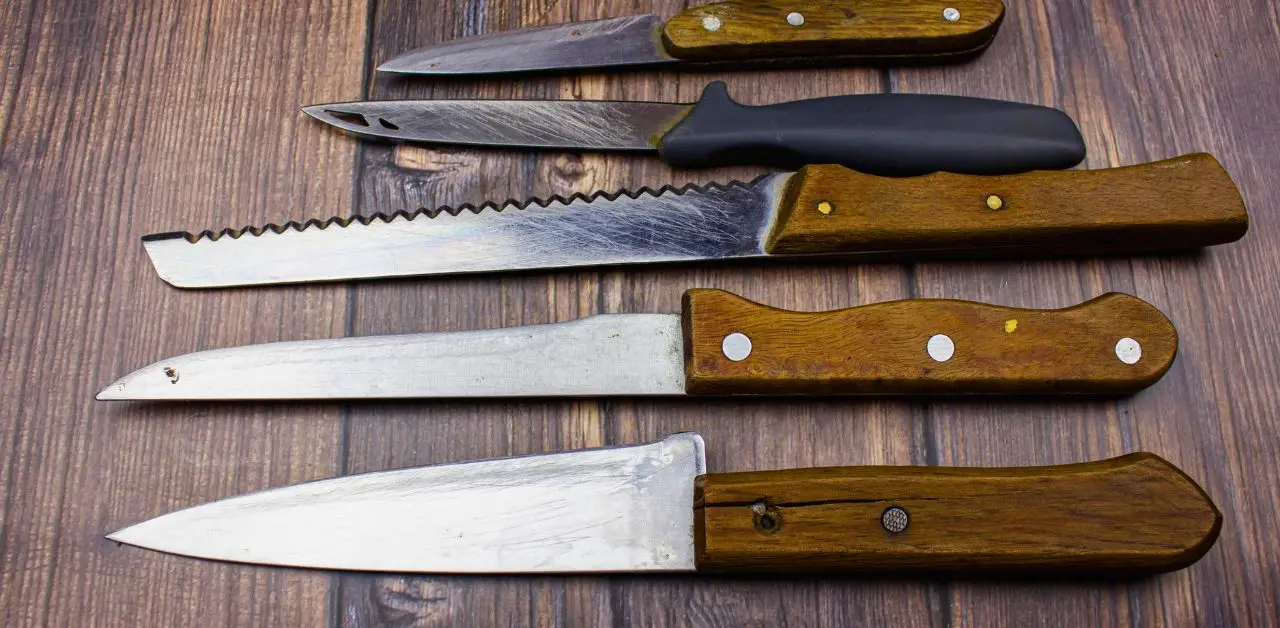
Look for Knife Markings
Start by examining the knife’s markings. Older Chicago Cutlery knives often have unique tang stamps and logos, telling you when the knife was made. Pay close attention to details like font style and logo design, which change over time and are great clues.
Check Model Numbers
Most Chicago Cutlery knives have model numbers. These numbers can help you figure out the knife’s age. Search online for guides or catalogs matching the model numbers to specific periods. It’s a straightforward way to narrow down the production year.
Inspect Materials
The materials used can also reveal a lot. Vintage Chicago Cutlery knives often feature wooden handles, which were phased out in later years. If the handle looks aged and well-crafted, it’s likely an older piece. Blade materials vary with time, so checking the blade can give you another hint.
Use Online Guides and Tools
There are plenty of online vintage knife identification guides available. These resources provide photos and detailed descriptions that you can compare with your knife. They’re a great way to confirm your findings.
Evaluate Condition and Authenticity
Finally, assess the knife’s condition. Original Chicago Cutlery knives often show wear but remain sturdy. Look for signs of restoration or replacement parts, as these might affect its authenticity. A well-preserved knife with original features is always more valuable.
Collecting and Caring for Chicago Cutlery Knives
Chicago Cutlery knives are treasures for collectors and kitchen enthusiasts. If you own or plan to collect these vintage pieces, caring for them is essential to preserving their charm and value. Here’s how to maintain and enjoy your collection.
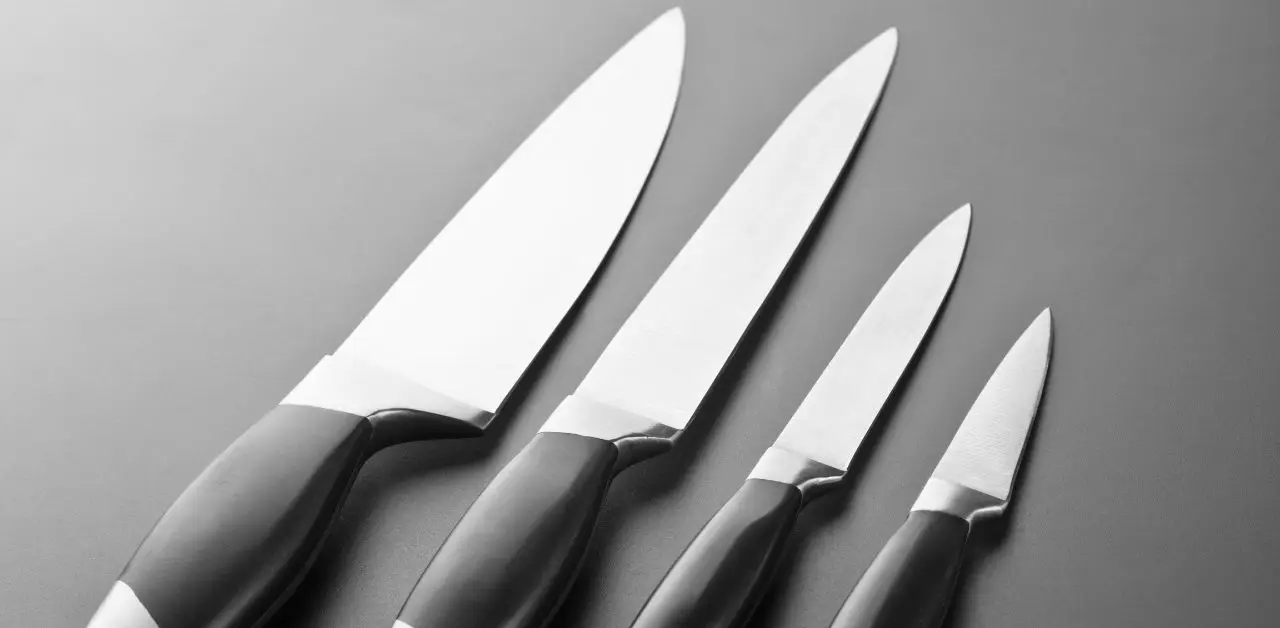
Tips for Maintaining Collectible Chicago Cutlery Knives
Proper care begins with regular cleaning. Always wash your knives by hand with mild soap and water. Avoid dishwashers, as the harsh environment can damage the blade and wooden handles. Dry your knives immediately to prevent rust. Store them in a knife block or a sheath to protect the edges and avoid accidents.
Restoring Wooden Handles and Preserving Materials
Many vintage Chicago Cutlery knives feature wooden handles. Over time, these handles may lose their luster or develop cracks. To restore them, gently sand the surface with a fine-grit sandpaper. Then, food-safe mineral oil or beeswax should be applied to hydrate and protect the wood. Remove rust with a soft cloth and a mixture of baking soda and water for the blades. Always be gentle to preserve the knife’s original quality.
Where to Find Vintage Chicago Cutlery Knives
These collectible knives are found in antique shops, online marketplaces, and estate sales. Websites like eBay and specialized forums for knife collectors often have Chicago Cutlery vintage knives. Be sure to check the condition and authenticity before purchasing. Look for clear markings and avoid heavily damaged pieces unless you plan to restore them.
Conclusion
To date, Chicago Cutlery knives focus on key indicators like logos, tang stamps, and model numbers. Recognize the evolution in branding and construction over the years, which can help determine the age and value of your knife. Understanding the history of Chicago Cutlery adds depth to your collection and provides insights into design changes throughout the decades.
It’s time to start your research and perhaps begin your collection! Whether you have a cherished vintage knife or are curious about its background, explore its story. Share your findings, thoughts, or questions in the comments below; connecting with fellow collectors can make the experience even more rewarding.
Happy knife hunting!
Frequently Asked Questions (FAQs) – How to Date Chicago Cutlery Knives
To date your Chicago Cutlery knife, examine its markings, including the tang stamp, model numbers, and logos. Chicago Cutlery has changed its branding and marking styles over the years, which can help pinpoint when the knife was made. Vintage knives often have unique logos or stamps that reflect the production era.
The tang stamp is a key feature for dating Chicago Cutlery knives. It usually includes the company logo, model number, and sometimes the manufacturing place. The design and placement of the stamp have evolved, helping collectors and enthusiasts determine when the knife was produced.
Older Chicago Cutlery knives typically feature distinctive markings, such as the “Chicago Cutlery” name, the logo's shape, or specific model numbers. Early knives had more straightforward logos, while later models included more detailed stamps and often included the country of origin. These markings are important clues for identifying the knife’s age.
Model numbers on Chicago Cutlery knives can often be used to pinpoint the year or range of years the knife was manufactured. Each model has a specific number corresponding to a design or a production period. You can research these model numbers online or in catalogs to find the exact time frame.
The materials used in Chicago Cutlery knives, such as wood for handles or particular steel for blades, evolved. For instance, vintage knives might have wooden handles, while modern knives often use synthetic materials. Identifying the materials and their variations can help date the knife and understand its era.
The Chicago Cutlery logo has changed several times throughout the company’s history. Early knives had more uncomplicated, straightforward logos, while modern ones featured more detailed designs. You can estimate when it was made by comparing your knife’s logo to known historical versions.
Yes, there are several online resources and forums where collectors share information about Chicago Cutlery knives. Websites dedicated to vintage knives, antique knife identification guides, and social media groups focused on knife collecting can help you find more details about specific models and their production dates.
Related Posts
-
 23 Feb 2025 KnifeWhat Is a Slicing Knife Used For? Discover How It Makes Cooking Easy!
23 Feb 2025 KnifeWhat Is a Slicing Knife Used For? Discover How It Makes Cooking Easy! -
 16 Feb 2025 KnifeWhat knives does Gordon Ramsay use? Check out his premium knives
16 Feb 2025 KnifeWhat knives does Gordon Ramsay use? Check out his premium knives -
 15 Feb 2025 KnifeWhat Knife Do Navy Seals Use? SEAL's Standard Issue 2025
15 Feb 2025 KnifeWhat Knife Do Navy Seals Use? SEAL's Standard Issue 2025 -
 08 Feb 2025 KnifeWhat Knife Does John Wick Use? Learn About His Deadly Blade
08 Feb 2025 KnifeWhat Knife Does John Wick Use? Learn About His Deadly Blade -
 30 Jan 2025 KnifeWhat is a Nakiri Knives Used For? Benefits & Features Explained
30 Jan 2025 KnifeWhat is a Nakiri Knives Used For? Benefits & Features Explained -
 12 Jan 2025 KnifeFish Knife vs Butter Knife: Key Differences and Uses Explained
12 Jan 2025 KnifeFish Knife vs Butter Knife: Key Differences and Uses Explained -
 11 Jan 2025 KnifeHow to Sharpen Global Knife: A Quick Guide 2025
11 Jan 2025 KnifeHow to Sharpen Global Knife: A Quick Guide 2025 -
 10 Jan 2025 KnifeDecoding the Iconic Why So Serious Joker Knife
10 Jan 2025 KnifeDecoding the Iconic Why So Serious Joker Knife -
 09 Jan 2025 KnifeThe Right Way to Use a Steak Knife: Tips and Tricks
09 Jan 2025 KnifeThe Right Way to Use a Steak Knife: Tips and Tricks -
 08 Jan 2025 KnifeHow to Sharpen a Morakniv Knife Safely and Effectively
08 Jan 2025 KnifeHow to Sharpen a Morakniv Knife Safely and Effectively

